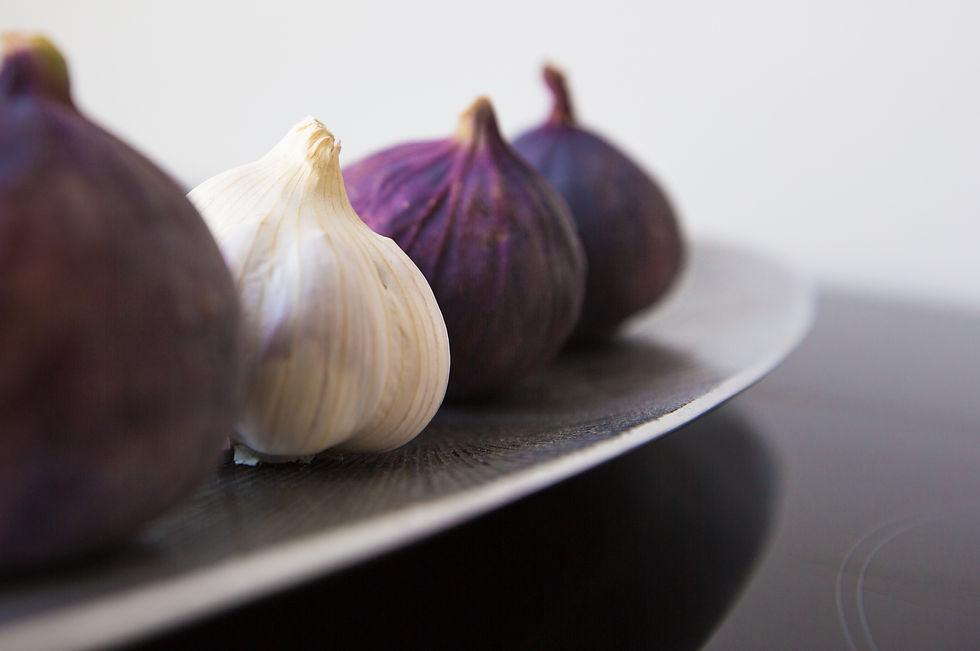
Before there was the corner drugstore with rows and rows of chemical relief, there was the great outdoors where a person could find many cures for what ailed them. These same natural remedies still exist today, and some can even be found right in a person’s own backyard.
Long before we had Pharmacists to advise us about medications, we had those who were skilled in diagnosing and treating ailments. The ancient Egyptians have the earliest known reference to a physician named Hesy-Ra, who practiced in the 27th century BC. These early physicians recognized the many health benefits of the plants that surrounded them every day, and many are still used today for the same purposes.

1. Garlic or Allium sativum – Garlic is a relative of the onion, chive, and leek. Garlic has been used to fight intestinal parasites, and in WWI was used to dress wounds to help prevent infection. Research has proven that garlic will break down cholesterol on vascular walls for cardiovascular health. Garlic has been used for thousands of years to treat both coughs and sore throats. Garlic helps to regulate blood sugar levels, boost testosterone levels, and because of its antibacterial properties can be used as a disinfectant.
2. Yarrow or achillea millefolium – The name was given to the plant because of Achilles, who was a hero of the Trojan War, and supposedly carried the plant with him to treat those wounded in battle. Yarrow was used in the middle ages to make beer more flavorful before people started using hops. The leaves can be used as an herb while cooking, and can also be used in soups. Topically the plant is used to treat cuts and abrasions due to its astringent properties.
3. Marigold or calendula officinalis – Originally this little flower started off as a dye for fabrics, food such as cheese, and cosmetics. Marigolds are edible flowers that contain anti-inflammatory and antibiotic properties and can be used for ailments such as athlete’s foot, cuts, and burns.

4. Chamomile or Matricaria chamomilla – Tea derived from the chamomile plant has long been known to relax before bedtime, but can also be used for stomach ache or IBS. Because of chamomile’s bactericidal properties, it can also be used as a mouthwash.
5. Sweet root or Acorus calamus – Both the Indians and Chinese used sweet root in the past as a laxative, a sedative, and as a throat lozenge. It is used in the practice of Ayurveda medicine to counter the effects of hallucinogens, but can also be hallucinogenic due to the presence of alpha or beta asarone. The roots and the leaves of the plant are shown to have antimicrobial and antioxidant properties.
6. Fennel or Foeniculum vulgare – Fennel seeds have a taste like black licorice and have been used in dishes like lasagna as an herb for centuries. Fennel is also used as a mild laxative, a diuretic, and can be used to treat hypertension. Fennel is also used in a variety of eye treatments; eaten raw it is said to improve eyesight, and extracts of fennel have shown to be successful in treating glaucoma (although it has only been tested on animals).

Simply step outside and any number of plants can be found to cure various ailments. Bring a book of medicinal plants on your next outing and you may be surprised at what you can find.
Comments